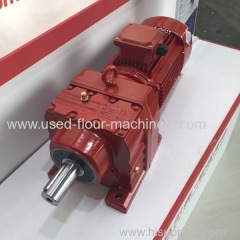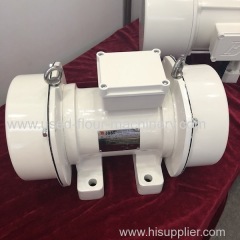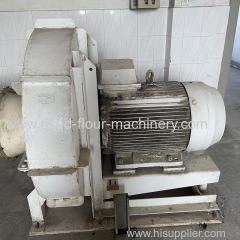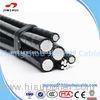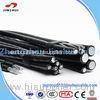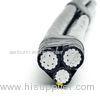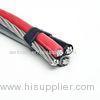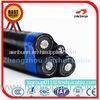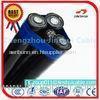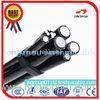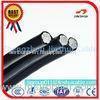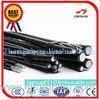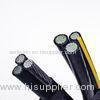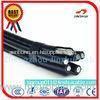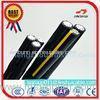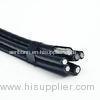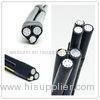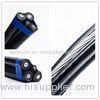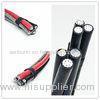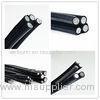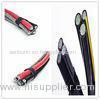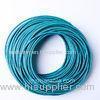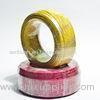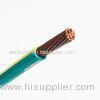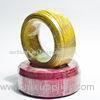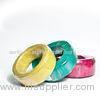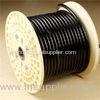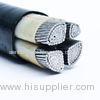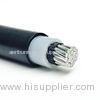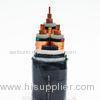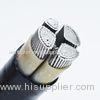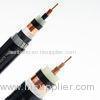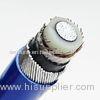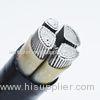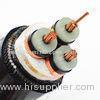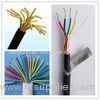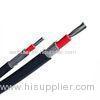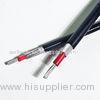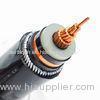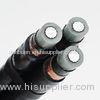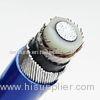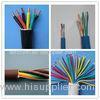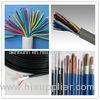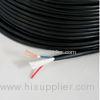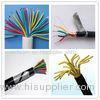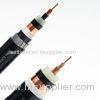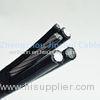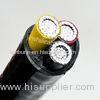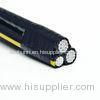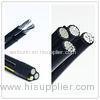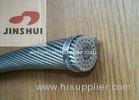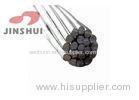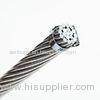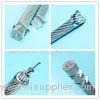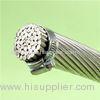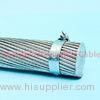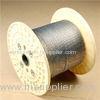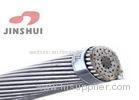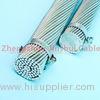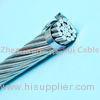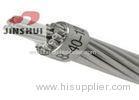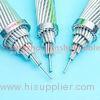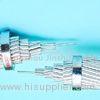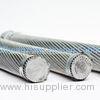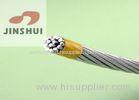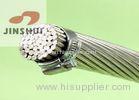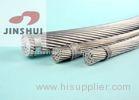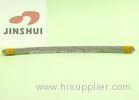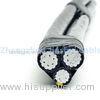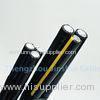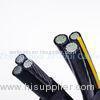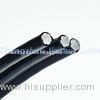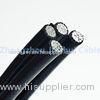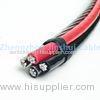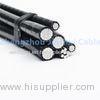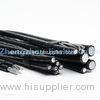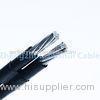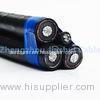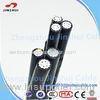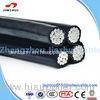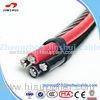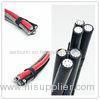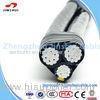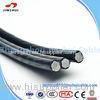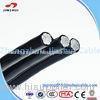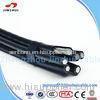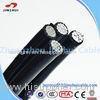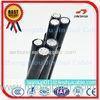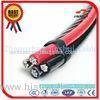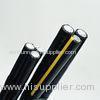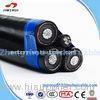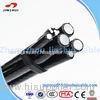|
Jinshui Wire & Cable Group
|
No Insulated Aluminum Wire Multi Strand Cable Wire 0.6 / 1KV Low Voltage Poppy
| Place of Origin: | Zhejiang, China (Mainland) |
|
|
|
| Add to My Favorites | |
| HiSupplier Escrow |
Product Detail
HDA aluminum 4/0 AWG AAC conduc
HDA aluminum 4/0 AWG AAC conductor low voltage Poppy for overhead power transmission
All Aluminum Conductor(AAC)& Aluminum Conductor Steel Reinforced(ACSR))for ASTM (AAC, ACCR, AAAC, ACSR) Generally Confirming to IS 398 (Part-I, II, IV), IEC-228
(AAAC) Conductor as per ASTM-B-399-1992
(AAAC) Conductor as per BS-3242-1970
(AAAC) Conductor IS: 398-IV-1994
(ACSR) as per ASTM-B-233-1992
(AAC) as per BS-215-1-1970
(AAC) as per IS-398-1: 1976
(AAC) as per ASTM-B-231-1990
(ACSR) as per IS: 398-II: 1976 & IS: 398-V: 1992
(ACSR) BS-215-II-1970
(AACSR) as per IEC-1089-1191
AAC(All aluminum conductor) are suited for overhead power line.
We can supply this conductor according to different recognized standards, such as IEC61089, BS215, BS EN 50182: 2001, STM B231, CSA C49, DIN480201, JIS C3109, customer special specification also can be satisfied.
ACSR or ACSR cable or ACSR conductor used for overhead electrical distribution and transmission lines for distributing power.
Applications:
Used as bare overhead transmission cable and as primary and secondary distribution cable. ACSR offers optimal strength for line design. Variable steel core stranding enables desired strength to be achieved without sacrificing capacity.
1.Applications
Conductor(AAC,AAAC and ACSR) electronic cable have been widely used in power transmission lines with various voltage levels,because they have such good characteristics as simple structure,convenient installation and maintenance,low cost large transmission capacity.And they are also suitable for laying across rivers valleys and the places where special geographical features exist.
2.Service Performance
(1).The permissible long-time operating temperature for aerial conductor electronic cable is 70oC.
(2). Under the circumstance that rare climate is occuring and ice coverage rate low in heavy ice area,the biggest stress of cable at the lowest point of the sag should not exceed 60% of the short-time destructive power.
(3). When connecting conductors,the AAC conductor electronic cable beside the connecting tube cant be prominent.Otherwise,the force on the operating conductors will be unbalanced.After connectors are install,the connecting tube should be painted by moisture-proof varnish in order to protect it from corrosion.
(4). Under installaion,the arc downing stress of all the conductors should be the same.With in the permissible distance of crossing buildings or dropping to the ground,the stress can be 10-15% higher than regular stress.
3. Material Standard
(1). The hard aluminum conductor used for AAC and ACSR conforms to the standard GB/T 17048-1997(equivalent to IEC 60889:1987).
(2). The zinc coated steel wire used for ACSR conforms to IEC 60888:1987.
(3). Electronic cable can be arranged according to customers requirements for material standard,etc.
Construction of All Aluminum Conductor and Aluminum Conductor Steel Reinforced
4.Technical details

AAC Technical Characteristics Based on Standard DIN 48201 / DIN EN50182
| Code number | Area | Number of wires | Wire diameter | Conductor diameter | Linear mass | Rated strength | D.C. resistance at 20oC |
| mm2 | No. | mm | mm | kg/km | kN | Ω/km | |
| 16 | 15.9 | 7 | 1.7 | 5.1 | 43.4 | 3.02 | 1.7986 |
| 25 | 24.2 | 7 | 2.1 | 6.3 | 66.3 | 4.36 | 1.1787 |
| 35 | 34.4 | 7 | 2.5 | 7.5 | 93.9 | 6.01 | 0.8317 |
| 50 | 49.5 | 7 | 3 | 9 | 135.2 | 8.41 | 0.5776 |
| 50 | 48.3 | 19 | 1.8 | 9 | 132.9 | 8.94 | 0.5944 |
| 70 | 65.8 | 19 | 2.1 | 10.5 | 180.9 | 11.85 |




